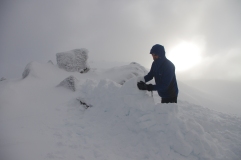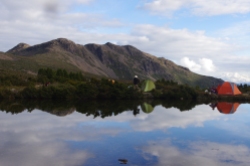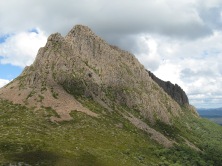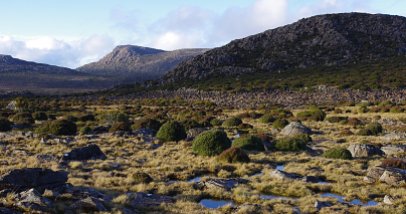Alpine Odyssey, a film by Ivan Hexter, tells the story of Huw Kingston’s winter 2022 journey along the 700km length of the Australian Alps, a journey he first undertook 27 years ago. His 50-day traverse also saw him skiing at each of the dozen mainland Australian snow resorts en route.
“It was a journey across country I have loved for decades” said Huw. “A journey to celebrate the mountains and communities that make up this very special, very small part of Australia. But with love also comes concern and care.”
Screenings will raise funds for Save the Children and Protect Our Winters (POW). Whilst the film will be core to each event there will be other elements to entertain and POW will also be presenting details on some of the important work they are doing here in Australia to highlight the impacts of a changing climate.
Continue reading “Alpine Odyssey Film – Screening Dates Announced, Bookings Open”



































































Recent Comments